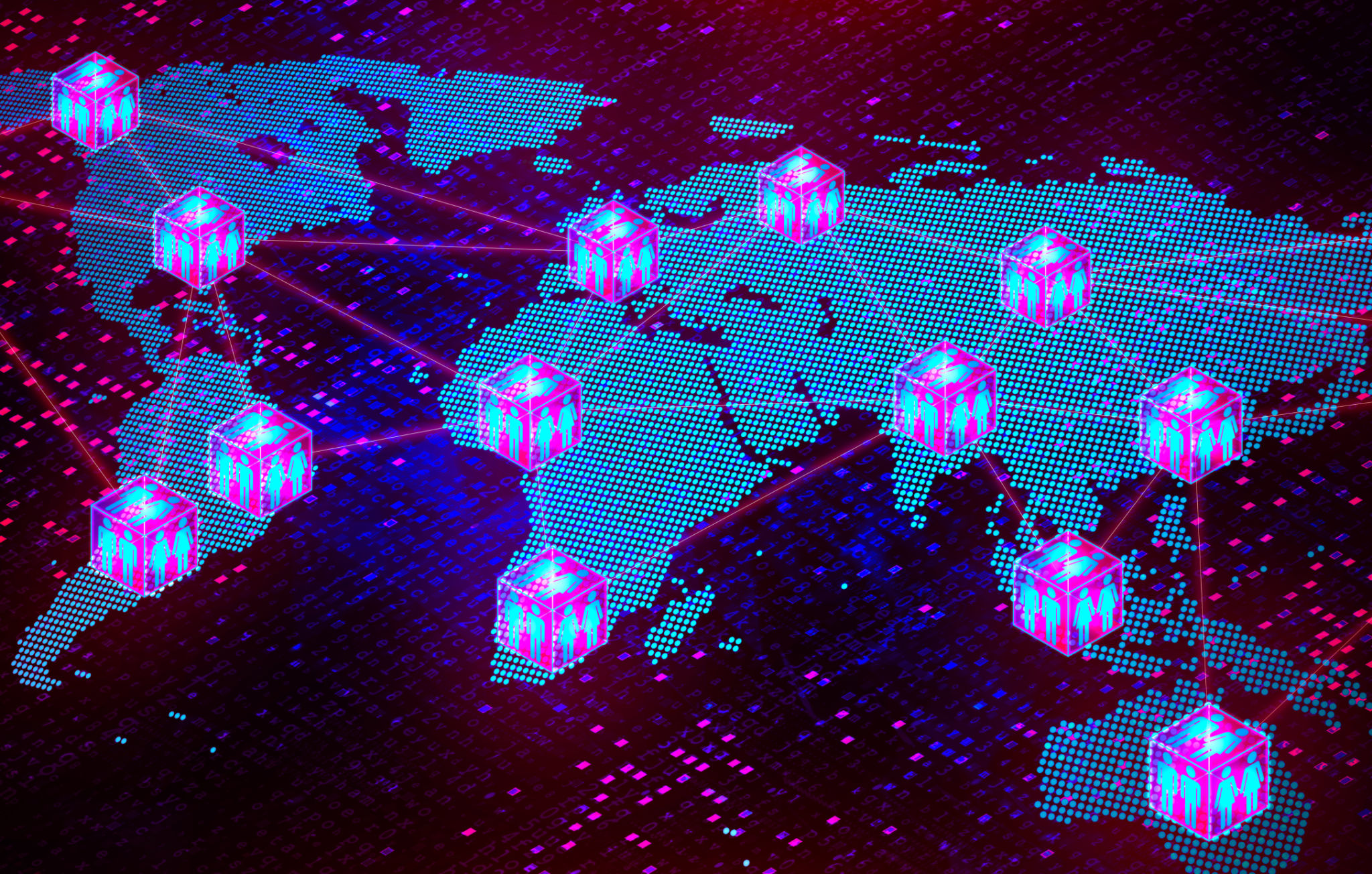Emerging Technologies: Trends Shaping the Future of Governments
Introduction to Emerging Technologies in Government
Emerging technologies are revolutionizing the way governments operate and deliver services. As digital transformation accelerates, public sector entities are increasingly adopting innovative solutions to enhance efficiency, transparency, and citizen engagement. This trend is not just reshaping internal processes but also the interaction between governments and the public.

Artificial Intelligence and Machine Learning
Among the forefront of technological adoption in government is Artificial Intelligence (AI) and Machine Learning (ML). These technologies are used to analyze vast datasets to improve decision-making, automate routine tasks, and predict future trends. For instance, AI-driven chatbots are becoming common in public service to handle citizen queries effectively.
Furthermore, ML algorithms are employed in predictive policing, tax fraud detection, and streamlining administrative processes. These applications not only enhance service delivery but also help in resource optimization and cost reduction.
Blockchain for Transparency and Security
Blockchain technology is gaining traction in government sectors due to its potential to enhance transparency and security. By using a decentralized ledger system, blockchain ensures data integrity and reduces the risk of fraud. Governments are exploring its use in areas such as land registration, voting systems, and supply chain management.

Blockchain's ability to create tamper-proof records can significantly enhance trust in governmental operations. This technology can also streamline cross-border transactions and improve the efficiency of public procurement systems.
The Rise of Internet of Things (IoT)
The Internet of Things (IoT) is another transformative force in governmental operations. IoT devices enable real-time data collection and analysis, which is crucial for smart city initiatives. These devices can monitor traffic flow, air quality, energy consumption, and more, allowing urban planners to make informed decisions.
Moreover, IoT facilitates efficient resource management in utilities such as water and electricity, thus contributing to sustainability goals. The integration of IoT with AI can further enhance predictive maintenance and emergency response systems.

5G Connectivity
The deployment of 5G networks is set to revolutionize communication within government entities and between the government and its citizens. With high-speed connectivity, 5G enables seamless data exchange and supports the growing number of connected devices. This advancement is crucial for implementing real-time surveillance, remote healthcare services, and enhanced public safety measures.
5G also opens up new possibilities for virtual and augmented reality applications in training government employees and engaging citizens through immersive experiences.
Cloud Computing and Big Data
Cloud computing has become a cornerstone for modernizing government IT infrastructure. By migrating services to the cloud, governments can improve scalability, flexibility, and cost-efficiency. This transition supports the handling of large volumes of data essential for informed policymaking.

Big Data analytics further empowers governments to derive actionable insights from collected data. It aids in identifying trends, understanding public needs, and optimizing resource allocation. Together with AI, big data can enhance predictive governance and crisis management capabilities.
Conclusion
The integration of emerging technologies into government operations holds immense potential for improving public sector efficiency and service delivery. By embracing these innovations, governments not only enhance their operational capabilities but also build a more transparent, responsive, and citizen-centric governance model. As these technologies continue to evolve, their impact on governmental functions will likely grow, paving the way for a smarter and more connected future.